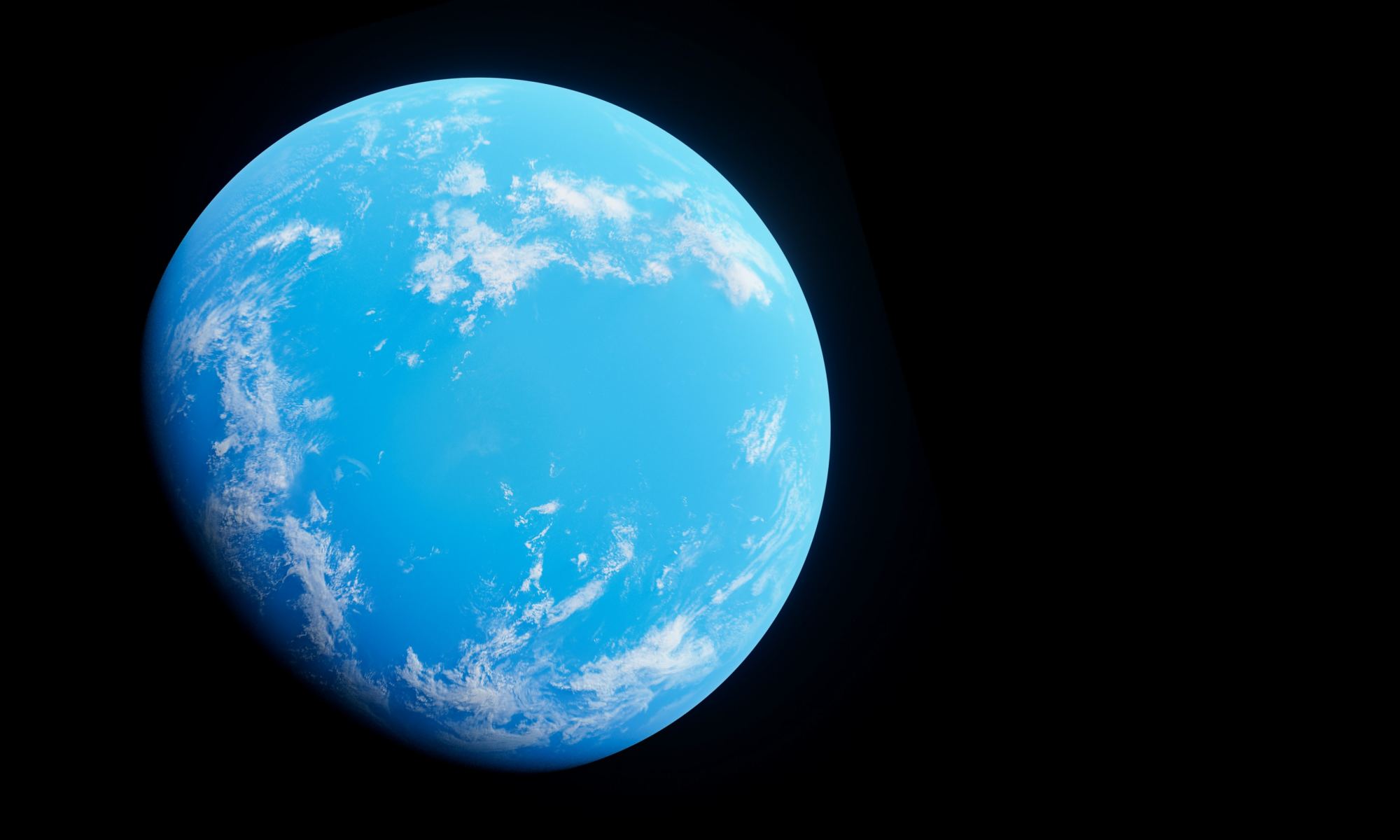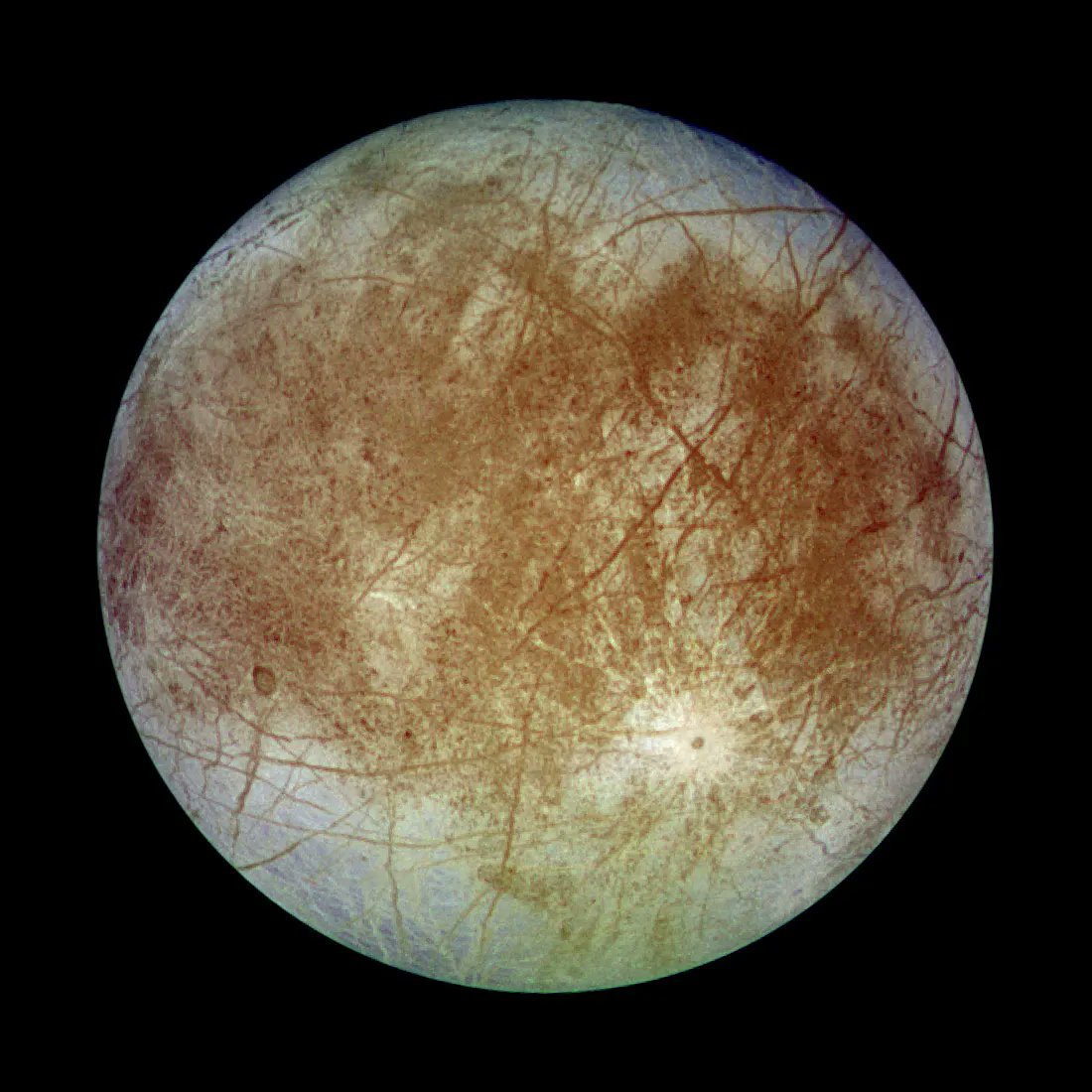Since the 1970s, the ongoing exploration of Mars has revealed that the planet has had a most interesting history. While conditions there are not hospitable to life today, scientists know Mars was once a much warmer, wetter place, with flowing water on its surface. According to new research led by the University of Arizona (UoA), Mars may have been a “pale blue dot” covered with oceans while Earth was still a ball of slowly-cooling molten rock. This discovery could allow for new research into a previously-overlooked period in Mars’ geological history and the formation and evolution of the Solar System.
Continue reading “Mars Could Have Been Warm and wet, While Earth was Still a Glowing Ball of Molten Rock”NASA has Built a Collection of Instruments That Will Search for Life Inside Europa and Enceladus

One of the most exciting aspects of space exploration today is how the field of astrobiology – the search for life in our Universe – has become so prominent. In the coming years, many robotic and even crewed missions will be bound for Mars that will aid in the ongoing search for life there. Beyond Mars, missions are planned for the outer Solar System that will explore satellites and bodies with icy exteriors and interior oceans – otherwise known as “Ocean Worlds.” These include the Jovian satellites Europa and Ganymede and Saturn’s moons Titan and Enceladus.
Similar to how missions to Mars have analyzed soil and rock samples for evidence of past life, the proposed missions will analyze liquid samples for the chemical signatures that we associate with life and biological processes (aka. “biosignatures”). To aid in this search, scientists at NASA’s Jet Propulsion Laboratory have designed the Ocean Worlds Life Surveyor (OWLS), a suite of eight scientific instruments designed to sniff out biosignatures. In the coming decades, this suite could be used by robotic probes bound for “Ocean Worlds” all across the Solar System to search for signs of life.
Continue reading “NASA has Built a Collection of Instruments That Will Search for Life Inside Europa and Enceladus”Mars Might Have Been Covered in Lakes in the Ancient Past
Ever since robotic explorers began visiting the Red Planet during the 1960s and 70s, scientists have puzzled over Mars’ surface features. These included flow channels, valleys, lakebeds, and deltas that appear to have formed in the presence of water. Since then, dozens of missions have been sent to Mars to explore its atmosphere, surface, and climate to learn more about its warmer, wetter past. In particular, scientists want to know how long water flowed on the surface of Mars and whether it was persistent or periodic in nature.
The ultimate purpose here is to determine whether rivers, streams, and standing bodies of water existed long enough for life to emerge. So far, missions like Curiosity and Perseverance have gathered volumes of evidence that show how hundreds of large lakebeds once dotted the Martian landscape. But according to a new study by an international team of researchers, our current estimates of Mars’ surface water may be a dramatic understatement. Based on a meta-analysis of years’ worth of satellite data, the team argues that ancient lakes may have once been a very common feature on Mars.
Continue reading “Mars Might Have Been Covered in Lakes in the Ancient Past”Perseverance Has Collected Samples from One of the Best Places to Search for Ancient Life on Mars
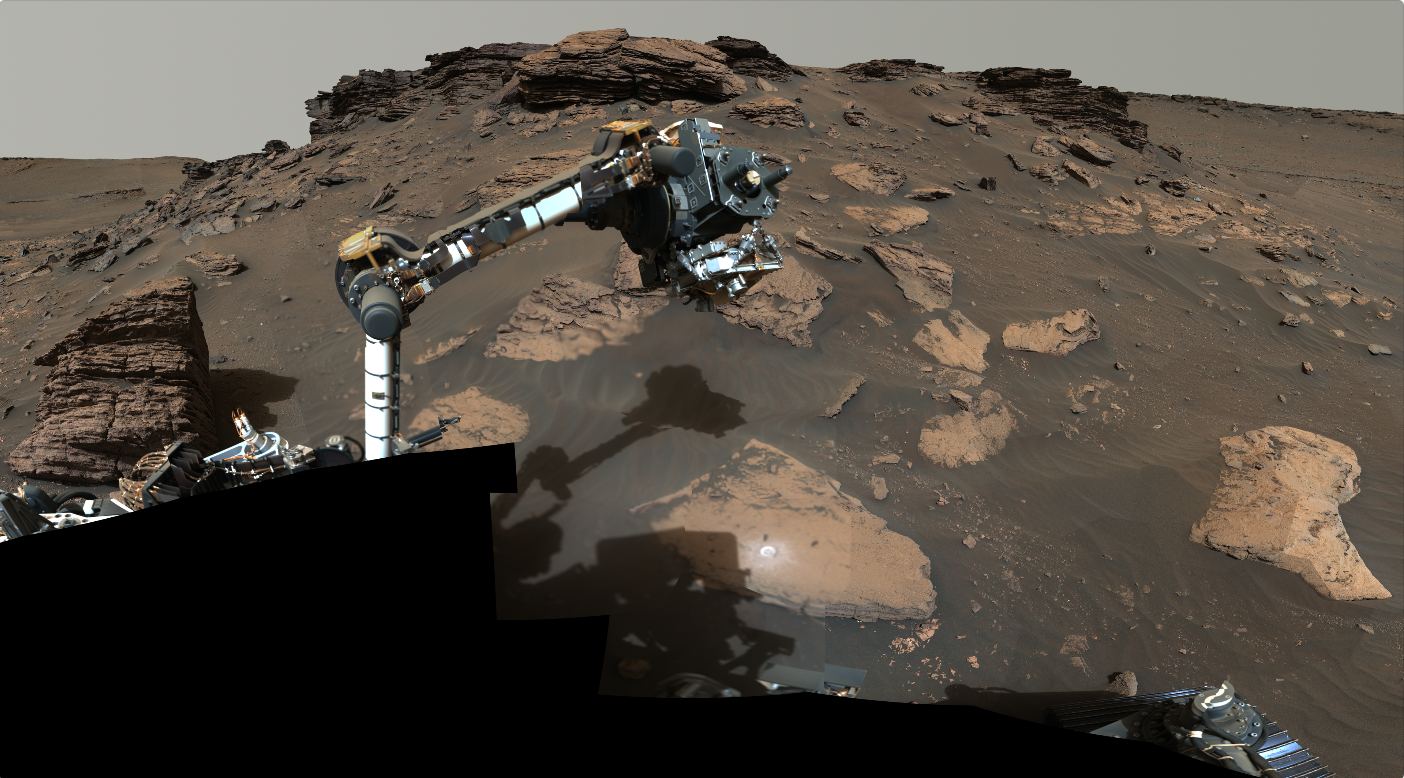
Scientists with NASA’s Perseverance Mars rover said today that the rover has collected several “tantalizing” organic rock samples from an ancient river delta on the Red Planet. These samples have now been stowed for a planned future mission that hopes to retrieve the specimens and bring them back to Earth for the first-ever sample return from Mars.
Continue reading “Perseverance Has Collected Samples from One of the Best Places to Search for Ancient Life on Mars”Alien Artifacts Could Be Hidden Across the Solar System. Here’s how we Could Search for Them.
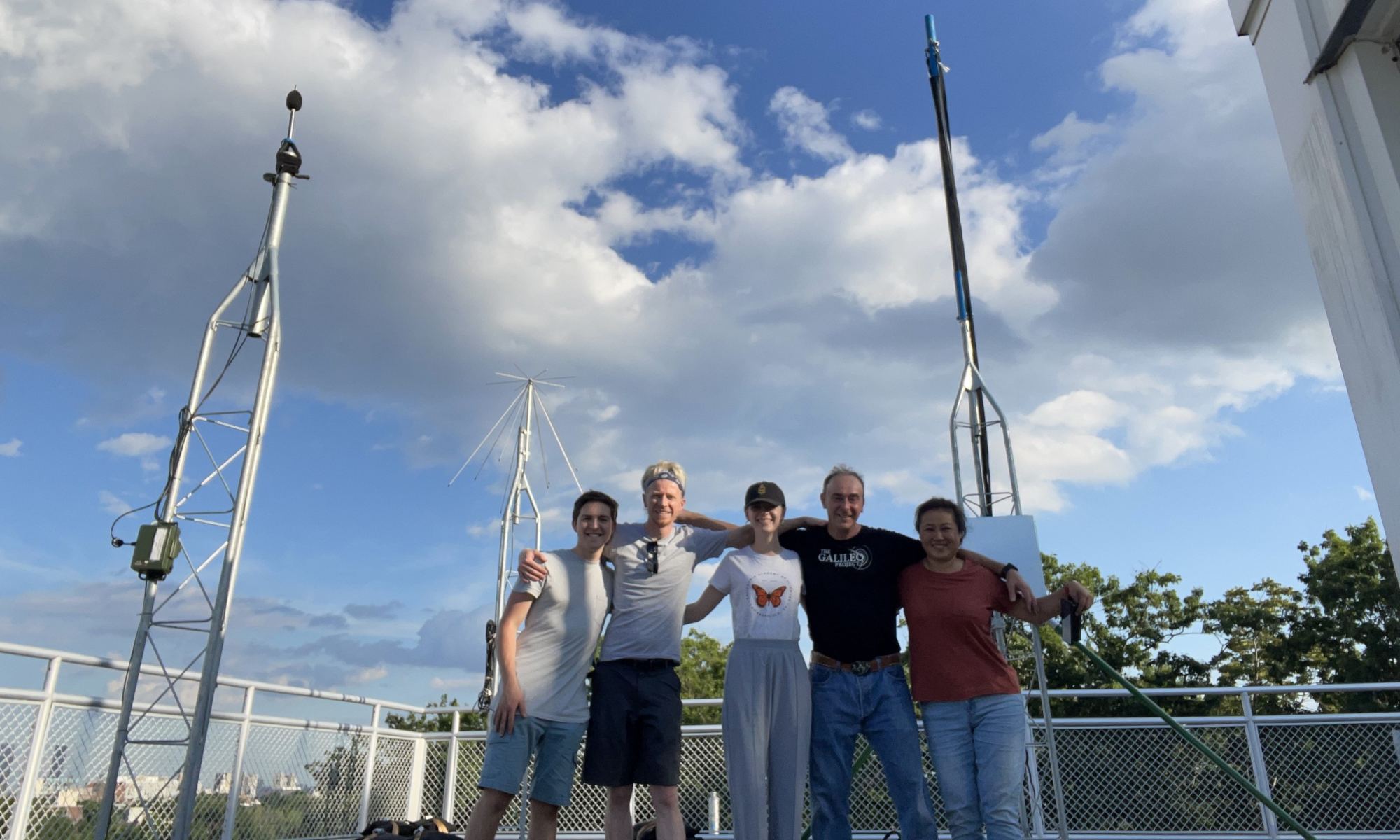
Do aliens exist? Almost certainly. The universe is vast and ancient, and our corner of it is not particularly special. If life emerged here, it probably did elsewhere. Keep in mind this is a super broad assumption. A single instance of fossilized archaebacteria-like organisms five superclusters away would be all it takes to say, “Yes, there are aliens!” …if we could find them somehow.
Continue reading “Alien Artifacts Could Be Hidden Across the Solar System. Here’s how we Could Search for Them.”Tidal Heating Could Make Exomoons Much More Habitable (and Detectable)

Within the Solar System, most of our astrobiological research is aimed at Mars, which is considered to be the next-most habitable body beyond Earth. However, future efforts are aimed at exploring icy satellites in the outer Solar System that could also be habitable (like Europa, Enceladus, Titan, and more). This dichotomy between terrestrial (rocky) planets that orbit within their a system’s Habitable Zones (HZ) and icy moons that orbit farther from their parent stars is expected to inform future extrasolar planet surveys and astrobiology research.
In fact, some believe that exomoons may play a vital role in the habitability of exoplanets and could also be a good place to look for life beyond the Solar System. In a new study, a team of researchers investigated how the orbit of exomoons around their parent bodies could lead to (and place limits on) tidal heating – where gravitational interaction leads to geological activity and heating in the interior. This, in turn, could help exoplanet-hunters and astrobiologists determine which exomoons are more likely to be habitable.
Continue reading “Tidal Heating Could Make Exomoons Much More Habitable (and Detectable)”Here are the 7 Best Places to Search for Life in the Solar System
If humanity is ever going to find life on another planet in the solar system, it’s probably best to know where to look. Plenty of scientists have spent many, many hours pondering precisely that question, and plenty have come up with justifications for backing a particular place in the solar system as the most likely to hold the potential for harboring life as we know it. Thanks to a team led by Dimitra Atri of NYU Abu Dhabi, we now have a methodology by which to rank them.
Continue reading “Here are the 7 Best Places to Search for Life in the Solar System”What is the Kardashev Scale?
Are we alone in the Universe? Could there be countless sentient life forms out there just waiting to be found? Will we meet them someday and be able to exchange knowledge? Will we even recognize them as intelligent life forms if/when we meet them, and them us? When it comes to astrobiology, the search for life in the Universe, we don’t know what to expect. Hence why all the speculation and theoretical studies into these questions are so rich and varied!
One such study was conducted by famed Soviet and Russian astrophysicist and radio astronomer Nikolai Kardashev (1932 – 2019). While considering an important question related to the Search for Extraterrestrial Intelligence (SETI) in 1964, Kardashev proposed a classification scheme for ranking a civilization’s development. This would come to be known as the Kardashev Scale, which remains one of the most influential concepts in SETI to this day.
Continue reading “What is the Kardashev Scale?”How to Search for Life as we Don’t Know it
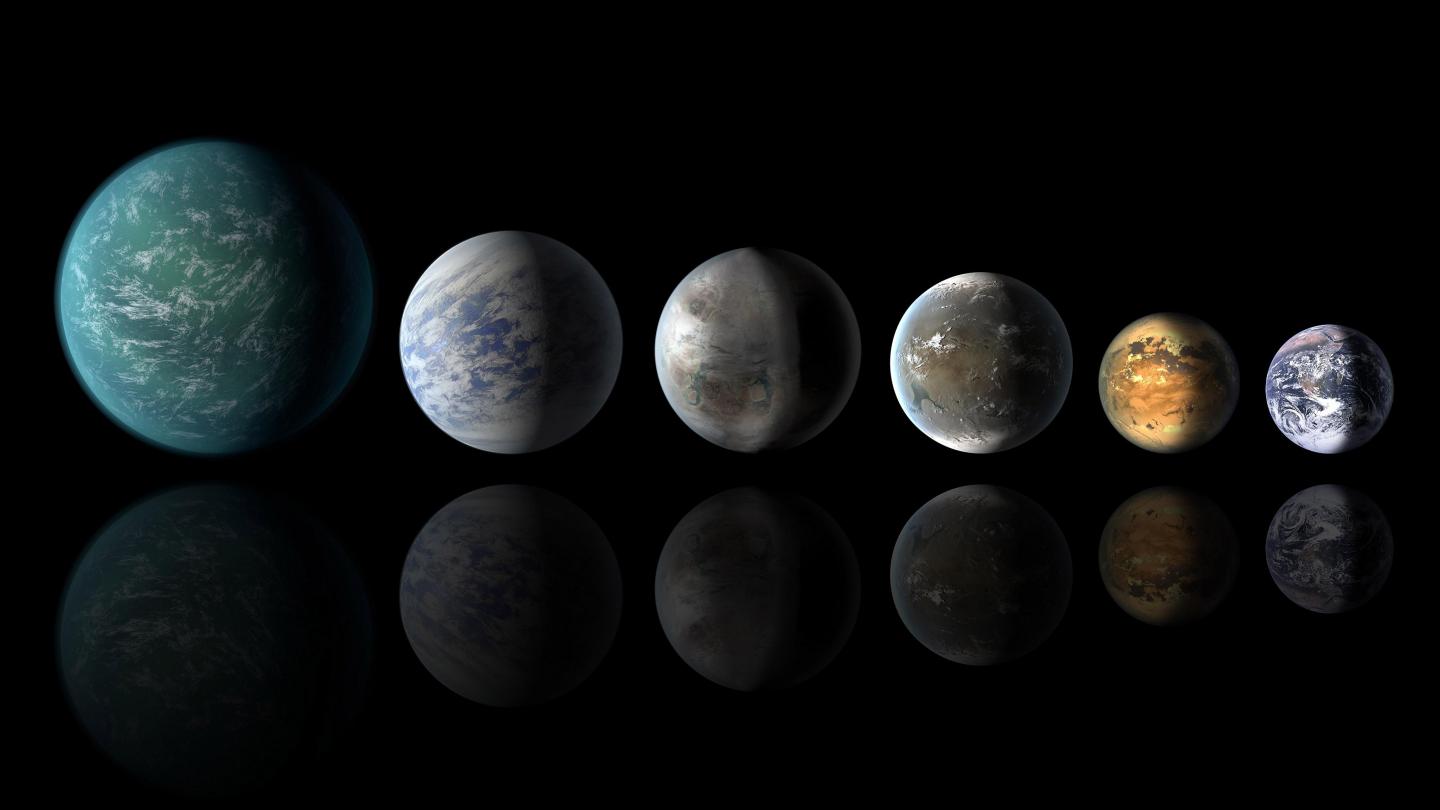
The fields of extrasolar planet studies and astrobiology have come a long way in recent years. To date, astronomers have confirmed the existence of 4,935 exoplanets in 3,706 star systems, with another 8,709 candidates awaiting confirmation. With so many planets to study, next-generation instruments, and improved data analysis, the focus is transitioning from discovery to characterization. With the James Webb Space Telescope now deployed, these fields are about to advance much farther!
In particular, scientists anticipate that the characterization of planetary atmospheres may lead to the discovery of “biosignatures” – signs we associate with life and biological processes. The challenge will be how to recognize signatures that don’t conform to “life as we know it.” In a recent study, researchers from the School of Earth and Space Exploration (SESE) at Arizona State University (ASU) investigate possible tools for searching for life “as we don’t know it.”
Continue reading “How to Search for Life as we Don’t Know it”Does the Entire Planet Have a Mind of its Own?
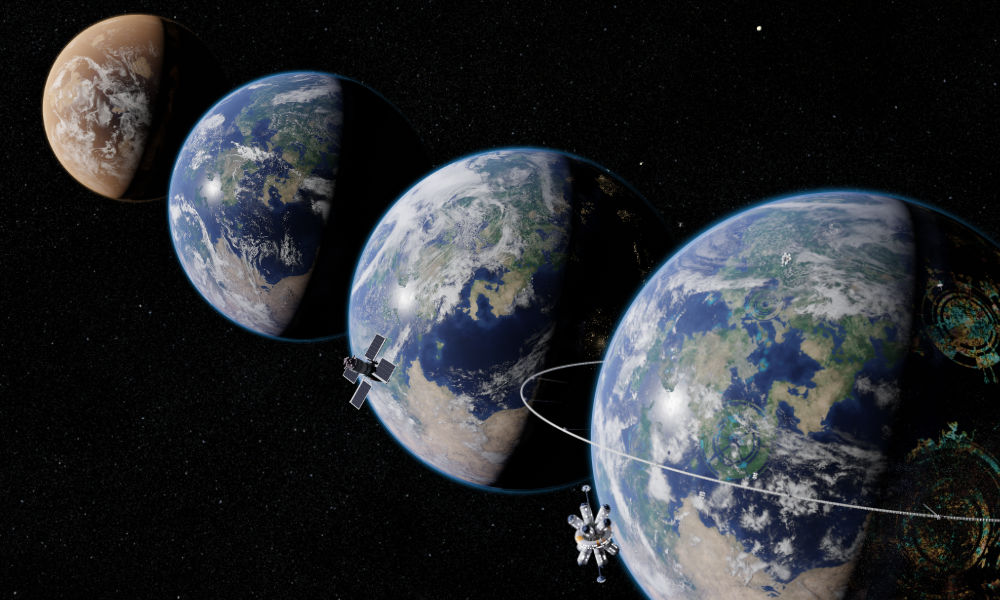
What is humanity? Do our minds set us apart from the rest of nature and from the rest of Earth? Or does Earth have a collective mind of its own, and we’re simply part of that mind? On the literal face of it, that last question might sound ridiculous.
But a new thought experiment explores it more deeply, and while there’s no firm conclusion about humanity and a planetary mind, just thinking about it invites minds to reconsider their relationship with nature.
Overcoming our challenges requires a better understanding of ourselves and nature, and the same is true for any other civilizations that make it past the Great Filter.
Continue reading “Does the Entire Planet Have a Mind of its Own?”
